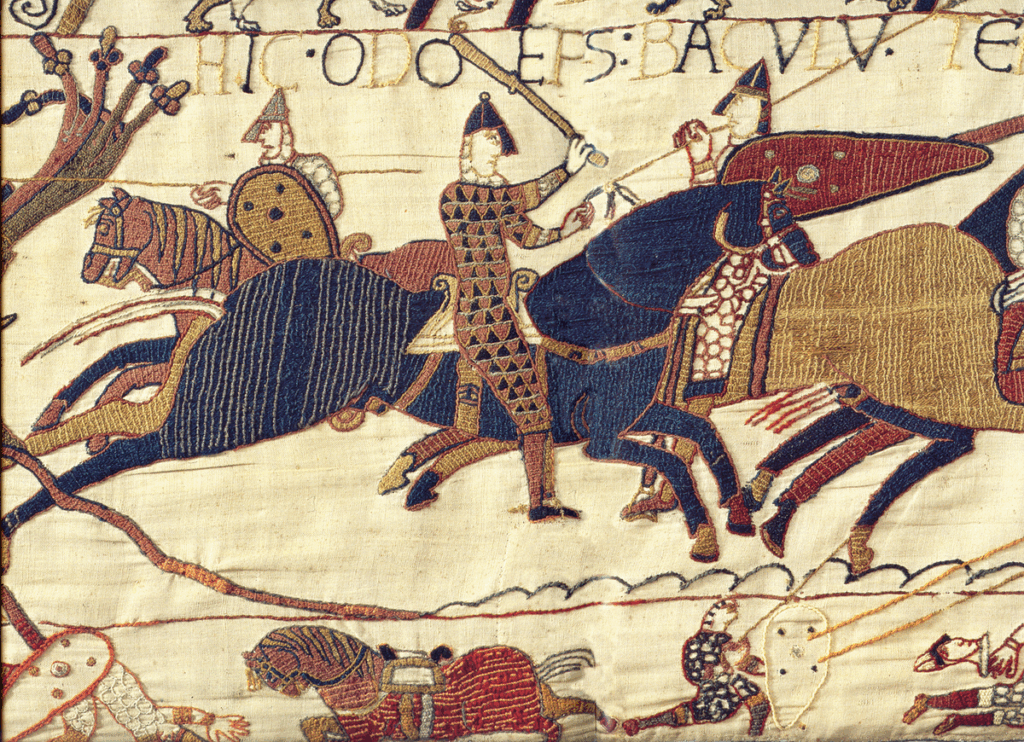
Introduction
The Bayeux Tapestry is a remarkable piece of medieval art that not only serves as an exquisite embroidery but also narrates a pivotal event in European history — the Norman Conquest of England in 1066. Created in the 11th century, this tapestry is a critical historical document that provides insights into the culture, politics, and warfare of the time. As an essential artifact, it has gained prominence not only for its artistic value but also for its capacity to educate and provoke discussions about historical narratives.
The Tapestry and Its Significance
Measuring approximately 70 meters long, the Bayeux Tapestry is renowned for its elaborate imagery and detailed storytelling. The tapestry depicts the events leading up to the Battle of Hastings, where William the Conqueror defeated King Harold II. This narrative is not merely a retelling of the battle; it explores various themes such as fealty, the role of fate, and the clash of cultures between the Normans and the Anglo-Saxons.
In recent developments, the Bayeux Tapestry has been the subject of renewed interest due to ongoing conservation efforts aimed at preserving this delicate work of art for future generations. The tapestry is currently housed in the Bayeux Museum in France, where it attracts thousands of visitors annually. In 2024, it is set to travel to the UK for a special exhibition, marking the first time in nearly 1,000 years that it has left France. This journey underscores the artifact’s international significance and the collaborative efforts between nations in recognizing shared heritage.
Contemporary Relevance
The Bayeux Tapestry’s relevance extends beyond its artistic and historical portrayal; it serves as a symbol of shared history and intercultural dialogue. In an age where historical narratives can often be polarized, the tapestry invites viewers to explore a comprehensive understanding of the past. Through its intricate scenes, it raises questions about power, sovereignty, and the complexities of conquest.
Conclusion
The Bayeux Tapestry is not just an artistic masterpiece; it is a valuable historical document that continues to captivate scholars, historians, and the general public alike. Its upcoming exhibition in the UK will not only honor its artistry but also remind us of the importance of understanding and interpreting historical events from multiple perspectives. As we look forward, the tapestry remains a testament to the enduring nature of storytelling across generations, transcending borders and fostering a shared appreciation for our collective history.



